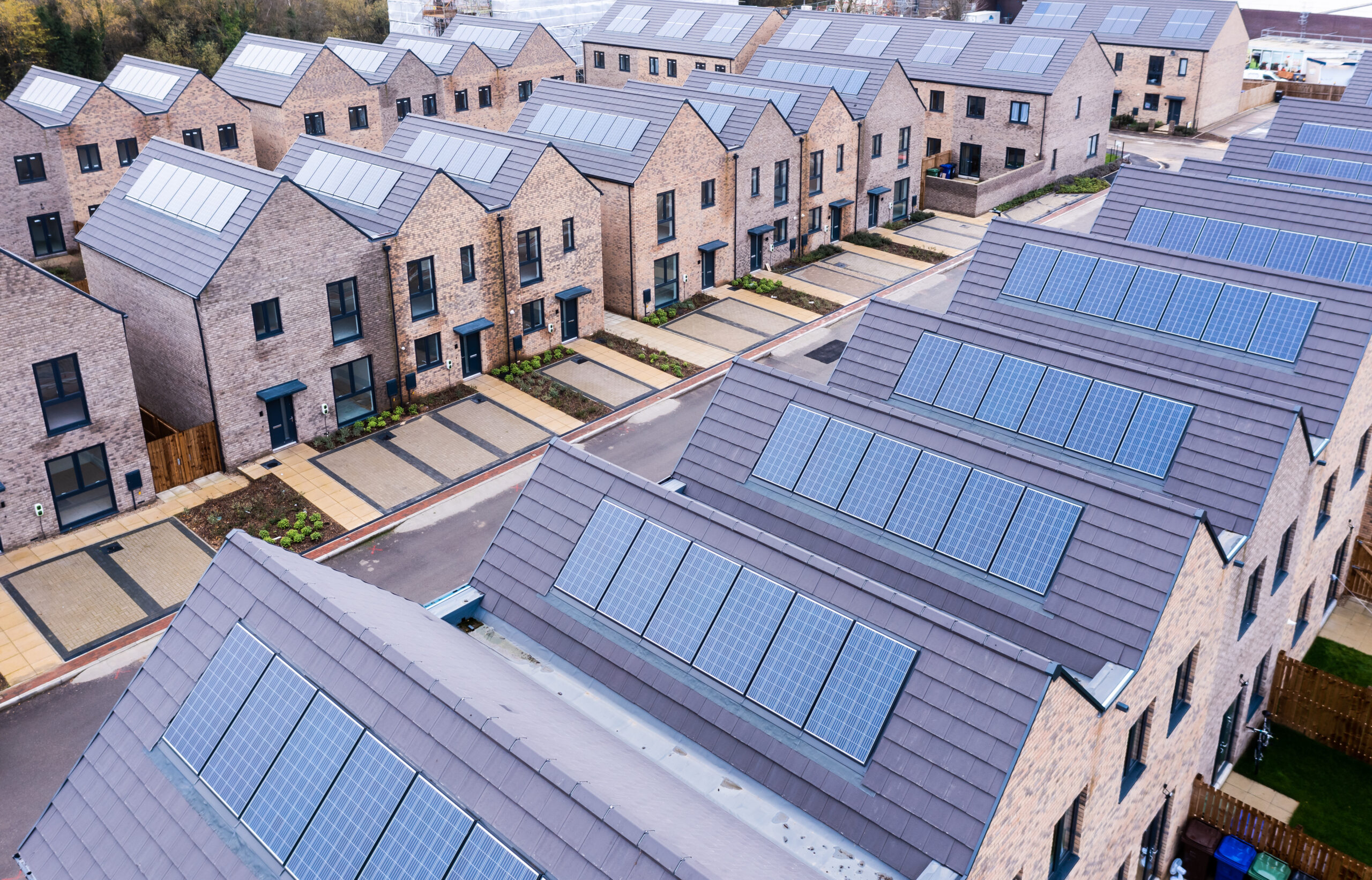The way buildings are inspected has changed. Under new Building Safety Regulator (BSR) rules, developers can no longer use the same surveyor for both structural warranty and building control inspections.
It’s a shift designed to improve oversight and ensure compliance and risk assessments remain independent. But what does this mean in practice, and how can developers and lenders navigate the change?
Why Has the BSR Introduced This Change?
The separation of roles is all about accountability. Previously, it wasn’t uncommon for the same surveyor to carry out both building control and warranty inspections. While this made life easier for developers, it also raised concerns about conflicts of interest. The BSR now requires these functions to be carried out by different professionals to provide an extra layer of scrutiny.
Building Control surveyors ensure that a development meets Building Regulations, focusing on fire safety, structural integrity, and accessibility. These inspections are carried out by local authority building control or a Registered Building Control Approver (RBCA).
Structural warranty surveyors, on the other hand, work for insurance providers. Their role is to assess the long-term durability of the building, identifying potential risks that could lead to claims in the future. While both inspections play a role in ensuring a development is safe and built to standard, they serve different purposes.

What do the BSR changes mean for developers and lenders?
For developers, it means additional co-ordination. Having two separate sets of surveyors involved in a project requires clear communication to keep things moving smoothly. There may also be a slight increase in costs, but in the long run, this separation should reduce the risk of disputes over defects and claims.
For lenders, this is a positive change. The requirement for independent assessments adds another layer of security, ensuring that projects meet both regulatory and insurance standards before funding is committed. It helps prevent poorly built developments from slipping through the cracks, reducing future risks.
How to stay ahead of the BSR changes
Developers should engage early with both warranty providers and building control teams. Delays can happen when inspections aren’t aligned, so having a clear strategy in place is key. Understanding the new BSR requirements is also crucial: Non-compliance could lead to costly setbacks.
This is where J3 Advisory’s Aftersales Service comes in. Our team provides ongoing support to ensure that both structural warranty and building control requirements are met throughout a project. From navigating technical queries to managing inspection schedules and liaising with insurers, we help keep things on track.
At J3 Advisory, we work closely with developers, lenders, and insurers to ensure that structural warranty & building control obligations are met without unnecessary disruption. While the industry adapts to these changes, having the right guidance can make all the difference in keeping projects moving efficiently.
The separation of surveyor roles might require some adjustments, but ultimately, it’s a step towards better-built, more resilient developments. If you need support in securing warranties under the new BSR framework or want to find out more about our aftersales service, get in touch with J3 Advisory today.
About the Author

Matthew Blackhall
Senior Advisor
Matt joins J3 having developed an impressive network of property professionals since moving to London. His experience centres around supporting SME housebuilders and housing associations in arranging and placing structural warranty insurance. His commitment and track record of securing the best possible outcome has been his professional trademark which underpins his successful client relationships. Matt was raised in Leeds, and studied in Newcastle before moving to the capital.





